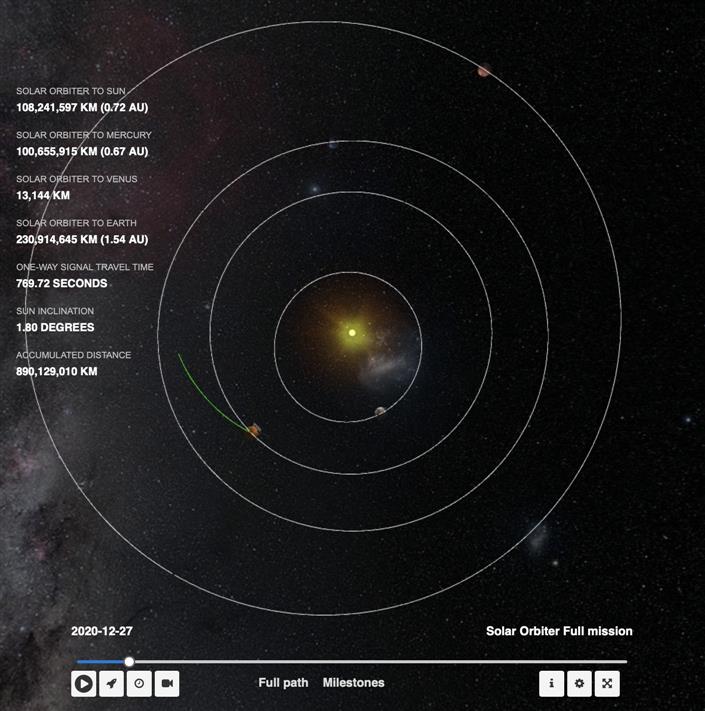
A special shield on the sunny side protects the satellite from most of this enormous heat load by shading it. The requirements for heat protection are correspondingly high," explains Andreas Buhl, Managing Director of RUAG Space Austria. "The satellite will come very close to the sun. The satellite uses thermal insulation from RUAG Space Austria, Austria's largest space company. ( ESA/Medialab) Technical support and know-how from Austria Researchers from the Graz Space Institute contributed to twelve of the more than fifty articles.Īustrian thermal insulation for solar mission Solar Orbiter. The special issue can be considered the pre-scientific work of Solar Orbiter. "VWA" for Solar OrbiterĪlthough the space probe is still in the "cruise phase", numerous scientific results have already been achieved, which will be published in the journal Astronomy & Astrophysics in December. ESA's Cluster satellites and NASA's MMS and THEMIS satellites will work with Solar Orbiter to collect even more data to reconstruct the state and behaviour of the Earth's magnetic field from different points in space during the flyby. The details of these interactions are being studied by three other missions in which the IMF is involved. These charged particles that are constantly emitted from the Sun can not only enter the magnetic field and spark auroras in our skies, but atoms from our atmosphere can also escape into space." "The magnetic field is the interface of our atmosphere with the solar wind. "The Earth flyby provides a unique opportunity to study the Earth's magnetic field," enthuses IWF Group Leader Rumi Nakamura. Trajectory of Solar Orbiter, Cluster, MMS and THEMIS on 27 November 2021, simulated with NASA's SSC 4D Orbit Viewer. "The risk of a collision is low, but the situation is nevertheless monitored very closely so that the probe's trajectory can be changed in an emergency," says Steindorfer. Especially in low Earth orbits between 400 and 800 kilometres altitude, there is a large number of objects.

"Solar Orbiter has to cross different regions where space debris has accumulated," explains IMF researcher Michael Steindorfer, who works at the SLR station at the Lustbühel observatory. The manoeuvre is important to reduce the probe's energy and align it for its next close flyby of the Sun, but it also carries a risk. That is almost as close as the orbit of the International Space Station. Solar Orbiter will fly at an altitude of only 460 kilometres over North Africa and the Canary Islands. When it passes Earth on 27 November at 05:30 CET, the probe will come dangerously close to our mother planet - by astronomical standards. The space probe has successfully completed the first two of eight Venus flybys. On its three-and-a-half-year journey to the Sun, Solar Orbiter will fly past Earth once and Venus eight times, using so-called gravity-assist manoeuvres to reach its final orbit. Artist's impression of the Solar Orbiter space probe as it flies past the Earth (ESA/ATG medialab) Complicated journey


 0 kommentar(er)
0 kommentar(er)
